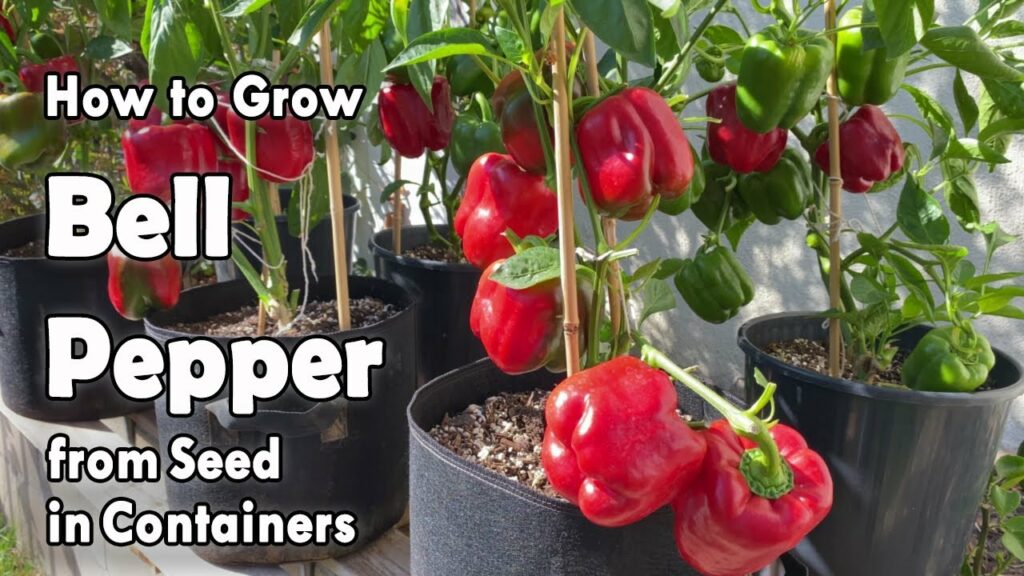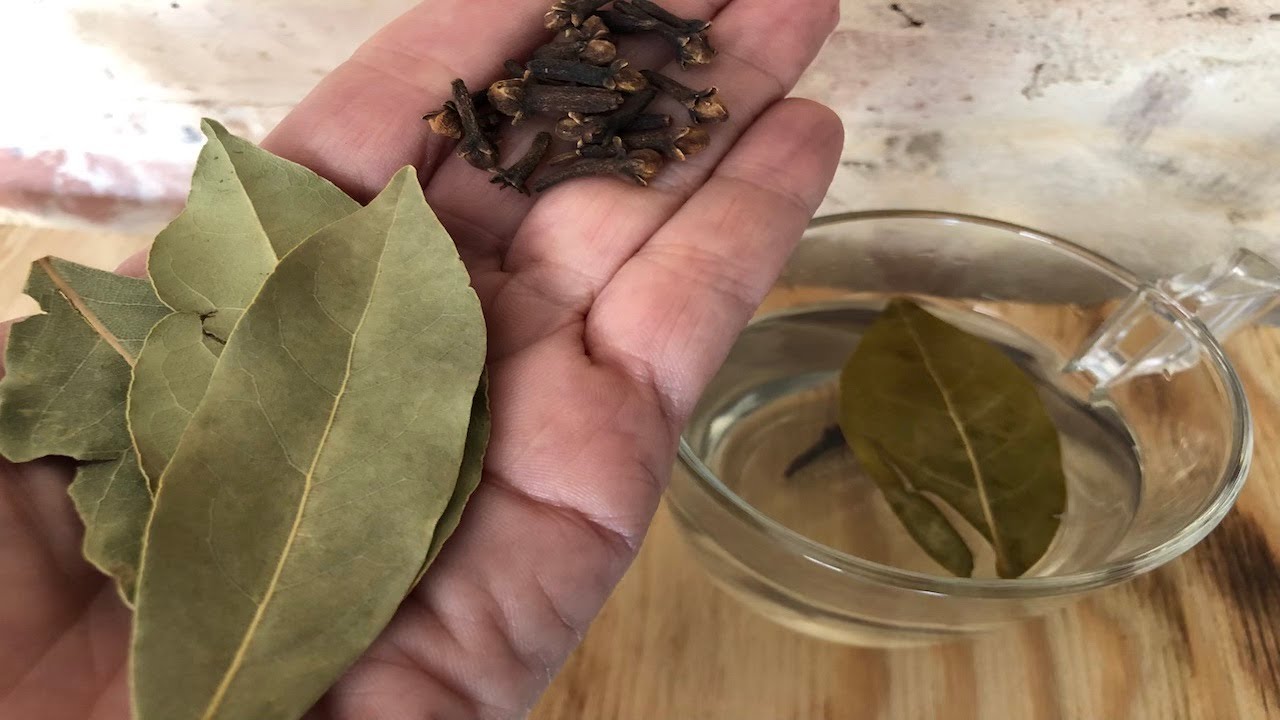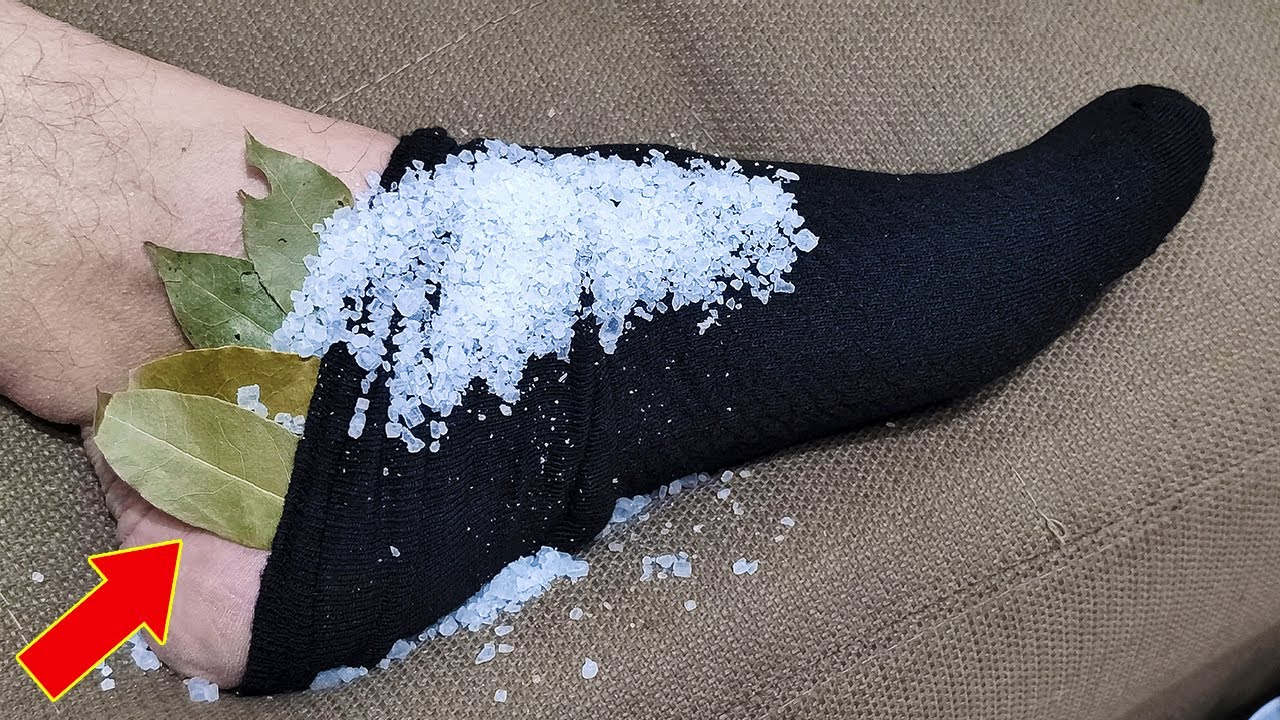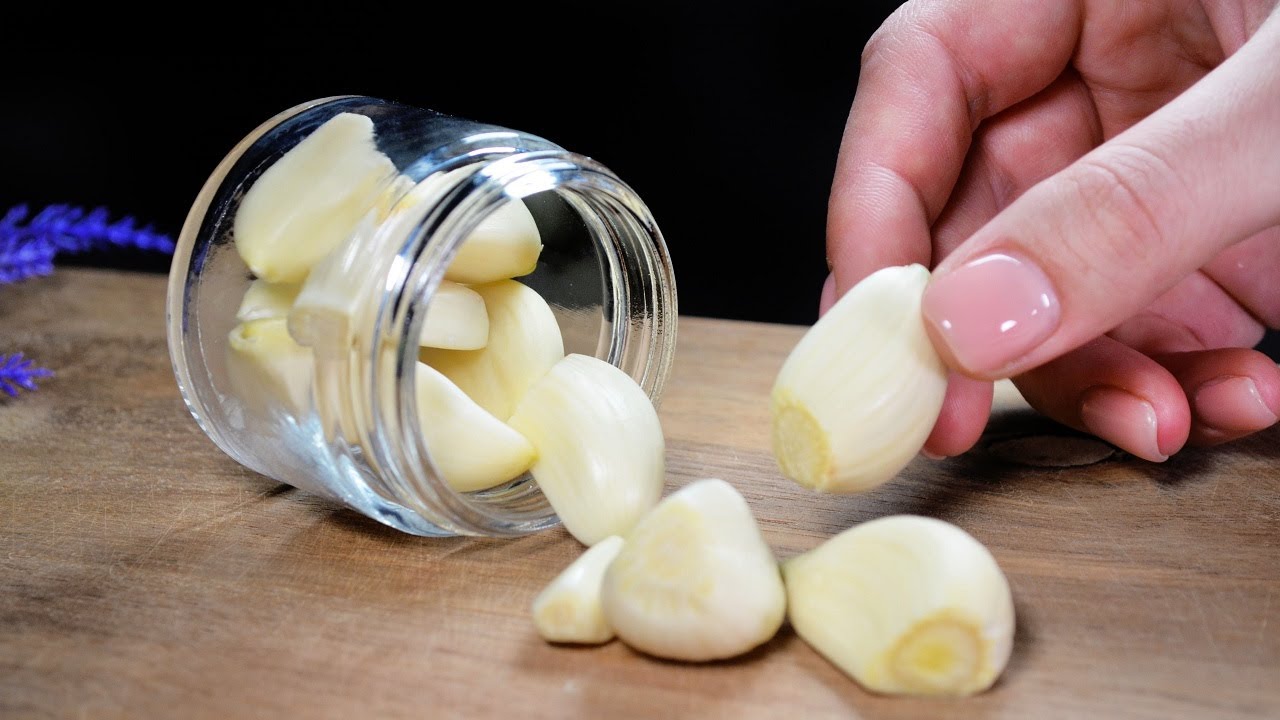
Growing bell peppers from seed in containers is a rewarding and enjoyable gardening project. Bell peppers are versatile in the kitchen and vibrant in your garden. Here’s an easy step-by-step guide to growing bell peppers in containers, perfect for patios, balconies, or any small garden space.
Materials Needed:
-
Bell pepper seeds
-
Containers with drainage holes (at least 12 inches deep)
-
Potting mix (vegetable-specific or a well-draining mix)
-
Water
-
Fertilizer (preferably one high in phosphorus)
-
A sunny location (peppers need at least 6-8 hours of sunlight per day)
-
Optional: grow lights (if sufficient sunlight isn’t available)
Steps to Grow Bell Peppers from Seed in Containers:
1. Selecting Seeds
-
Choose high-quality seeds from a reputable supplier. Consider varieties that are known to perform well in containers such as ‘California Wonder’, ‘Mini Bell’, or ‘Sweet Banana’.
2. Starting Seeds Indoors
-
Timing: Start your seeds indoors 8-10 weeks before the last frost date in your area. This gives your peppers a head start since they grow best in warm weather.
-
Sowing: Plant seeds about 1/4 inch deep in small pots or a seed-starting tray filled with moist potting mix.
-
Germination: Place the seed containers in a warm area. Seeds typically germinate in 7-14 days when kept at 70-80°F (21-27°C). Keep the soil moist but not waterlogged.
-
Light: Once seeds sprout, move the seedlings to a sunny spot or under grow lights to encourage strong growth.
3. Transplanting Seedlings
-
Hardening Off: Once the outdoor temperatures regularly exceed 60°F (16°C) and all danger of frost has passed, begin to acclimate your seedlings to outdoor conditions. Gradually increase their time outdoors over a week to harden them off.
-
Transplanting: Choose a container that is at least 12 inches deep and has good drainage. Fill it with a fresh potting mix and transplant the seedlings into the container. Be careful not to disturb the roots too much during the process.
4. Caring for Your Peppers
-
Watering: Water the plants regularly to keep the soil consistently moist but not soggy. Container plants may dry out faster than ground plants, especially in hot weather.
-
Fertilization: Feed your bell peppers a balanced liquid fertilizer every 2-4 weeks. You can also use a slow-release fertilizer according to the product instructions.
-
Support: As the plants grow, they may need support to hold up the weight of the fruit. Use stakes or small cages to keep them upright.
5. Sunlight and Temperature
-
Ensure the plants get at least 6-8 hours of sunlight daily. Bell peppers thrive in warm temperatures and lots of light.
6. Harvesting
-
Bell peppers typically take 60-90 days from transplanting to start producing ripe fruit. Harvest the peppers when they are firm and have reached the size and color typical for their variety. You can also harvest them when they are green if you prefer.
Tips for Success:
-
Check for pests regularly, especially aphids and spider mites, which can be common in container plants.
-
Rotate the pots occasionally to ensure each side of the plant receives equal sunlight.
-
Monitor water needs closely, especially in hot weather, as containers can dry out quickly.
Growing bell peppers in containers can be incredibly satisfying. With the right care, you can enjoy a bountiful harvest of fresh, crunchy bell peppers right from your balcony or patio!





